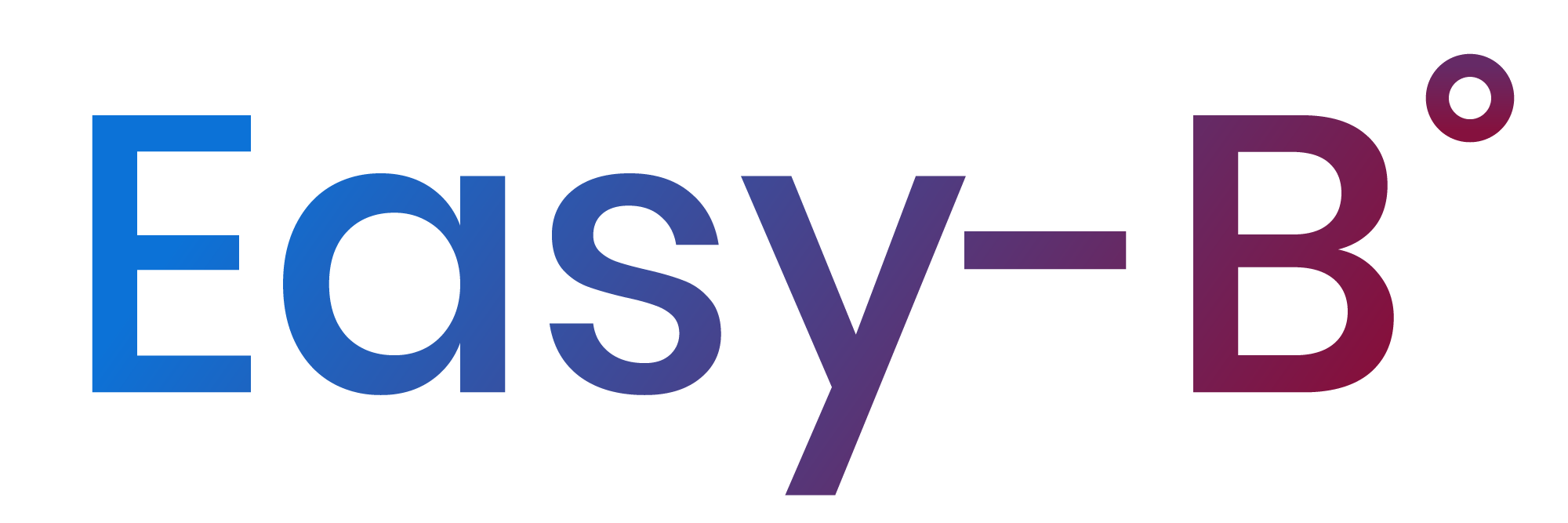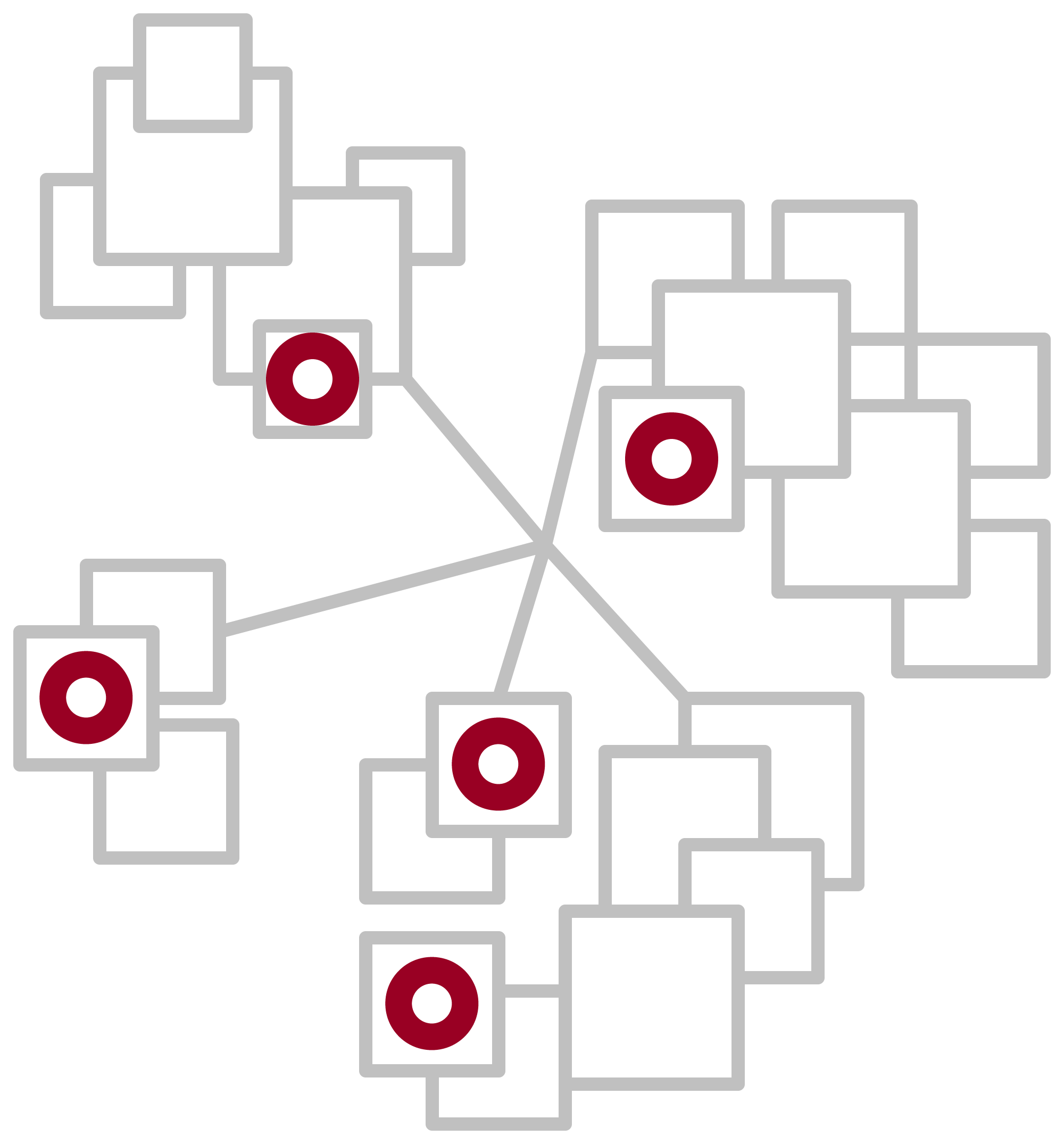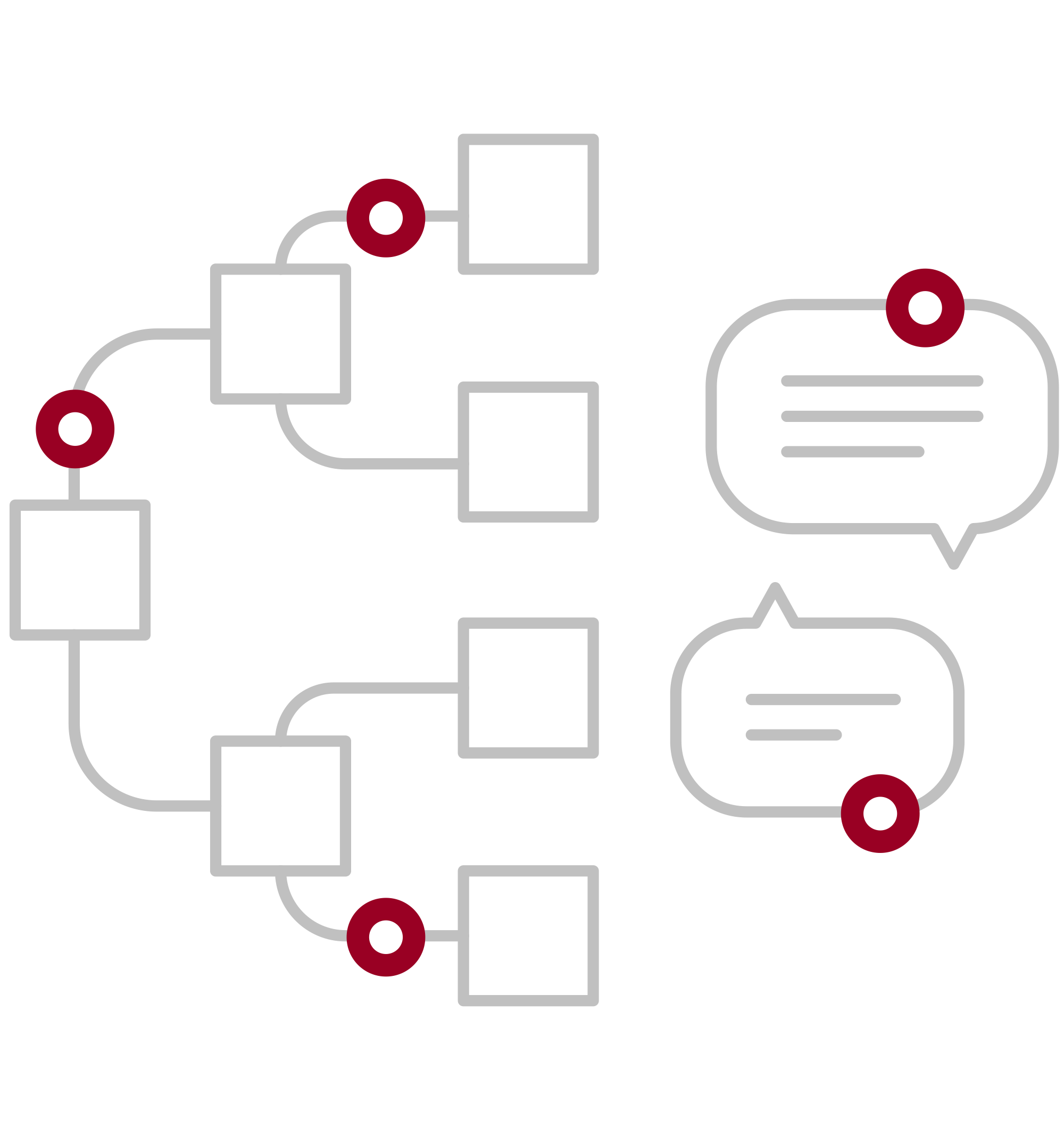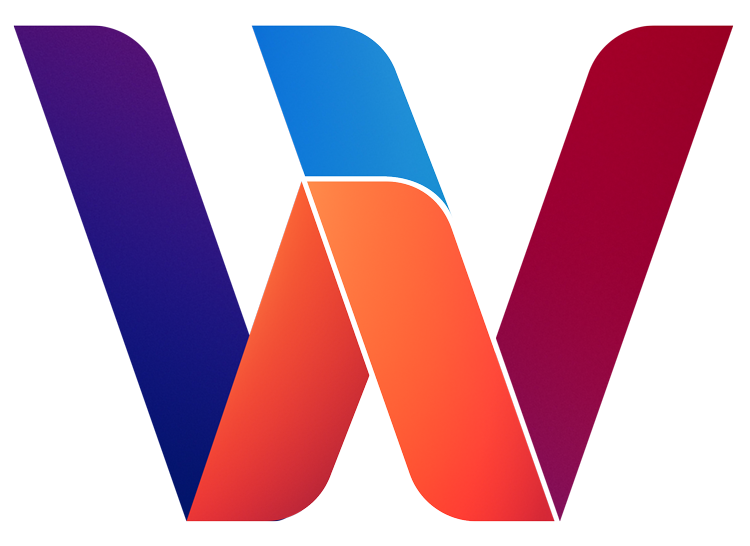

Simple. Faster.
Easy-B is trained for your company’s specific processes. This allows you to work significantly faster and more efficiently through time and cost-intensive processes with reduced susceptibility to errors. Save resources by using our AI solution Easy-B.

AI focused on document-based processes
In every industry, there are terabytes of unstructured data, such as PDFs, Word documents, chat records, or emails, containing crucial knowledge for the company. Without structured access to this hidden insights, many core processes of your company cannot be automated.
The benefits of using Easy-B
Experience the transformative power of Easy-B, an AI solution designed to elevate efficiency, cut costs, boost automation, and minimize errors. With its intuitive capabilities, Easy-B streamlines processes, empowers your workforce, and propels your organization into a new era of productivity. Unleash the potential of intelligent automation to optimize your operations and drive unprecedented results.
Easy-B allows you to optimize your document-based processes and facilitates your company’s expansion in the digital revolution.
Dramatically reduce costs by relieving your employees and realigning their areas of responsibility.
Easy-B allows you to optimize your document-based processes and facilitates your company’s expansion in the digital revolution.
Dramatically reduce costs by relieving your employees and realigning their areas of responsibility.
70% of all processes are accurately extracted and automatically processed in subsequent systems.
By replacing previously manual processes with intelligent automation, many errors are eliminated.
70% of all processes are accurately extracted and automatically processed in subsequent systems.
By replacing previously manual processes with intelligent automation, many errors are eliminated.
How Easy-B operates!
In this process, Easy-B’s neural network is trained to meet the specific requirements of your company. Initially, the data foundation is defined, and the associated documents are labeled according to the specifications. This could include, for example, all existing and incoming emails with attachments from a specific department. Subsequently, this data is structured and content-verified. Upon completion of AI training, Easy-B can automatically process all relevant data and independently initiate subsequent processes resulting from it.

Define objects & labeling

Model architecture & training

Deployment

Get involved
Have we sparked your interest? We are here to provide you with consultation and further information. Initiate your entry into the digital revolution and boost your performance. Begin preserving your employees from unproductive tasks and let them become a part of your true value creation.




